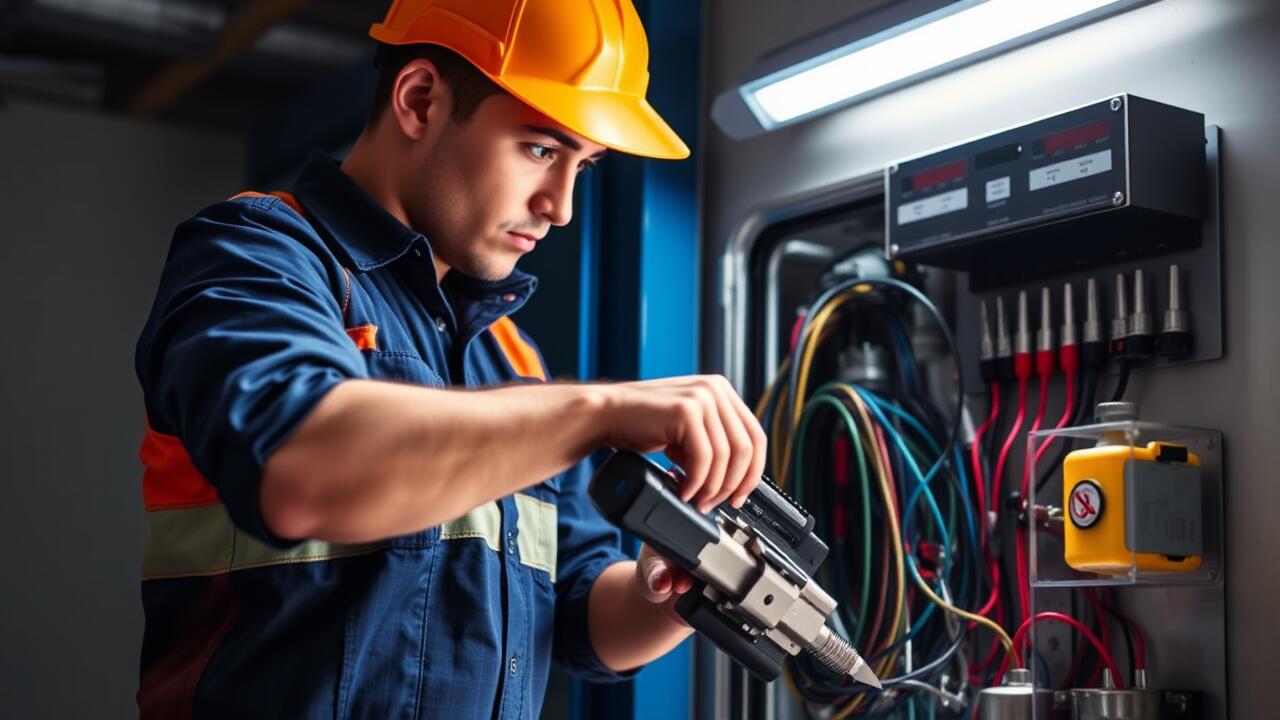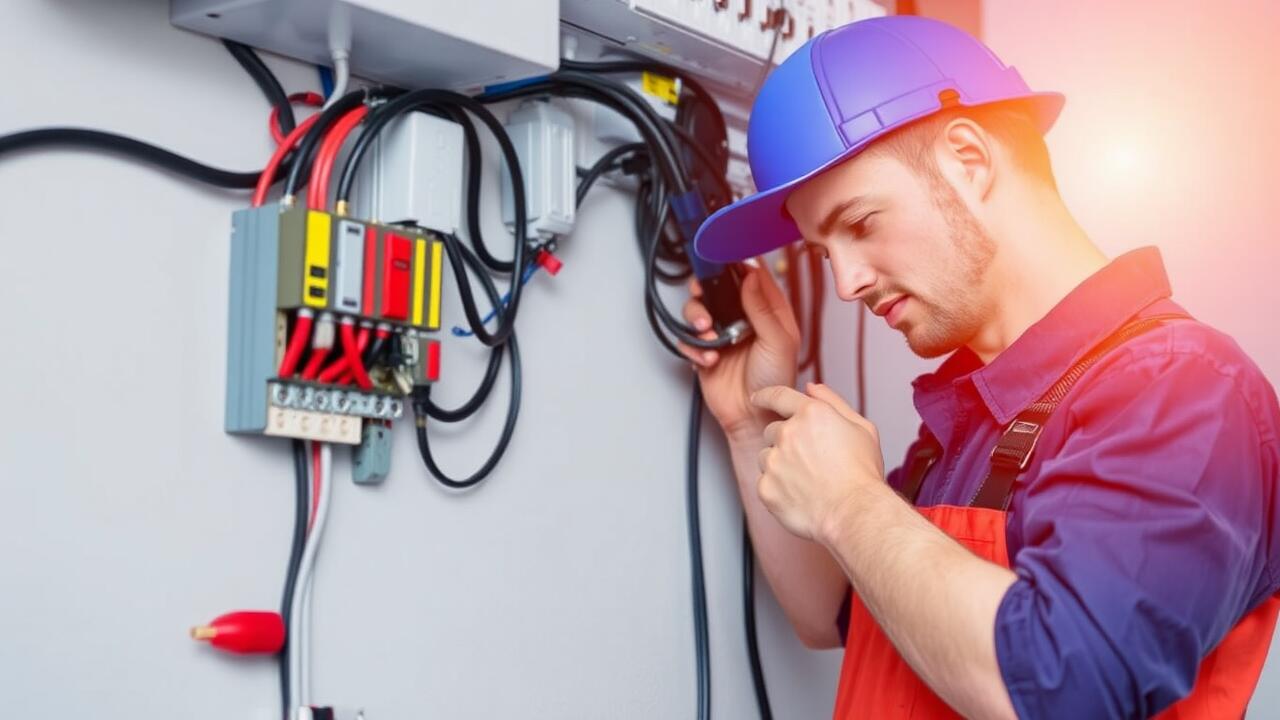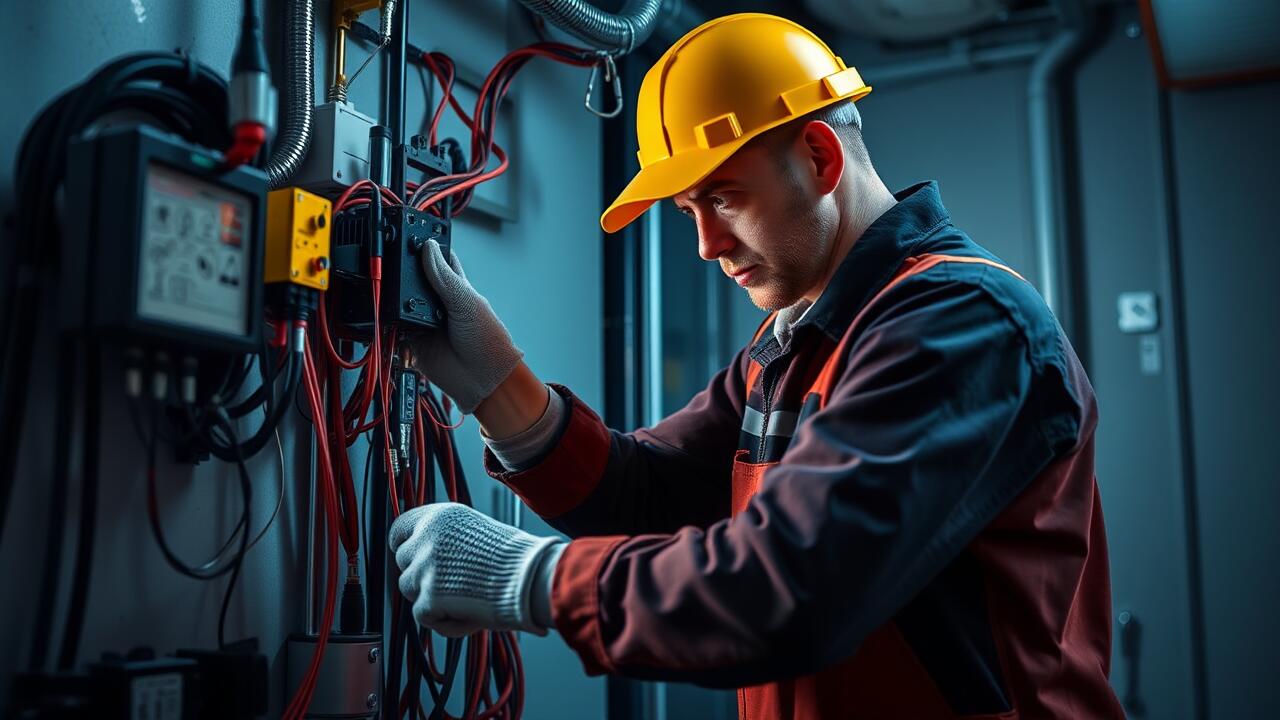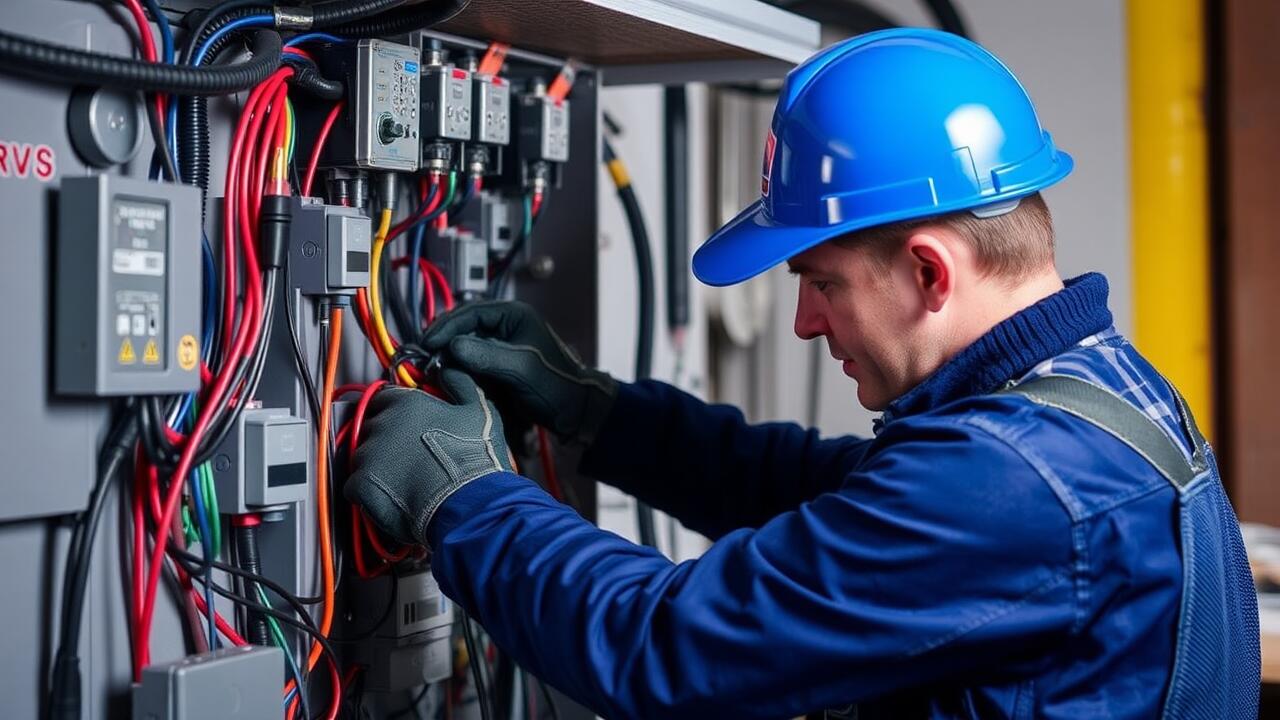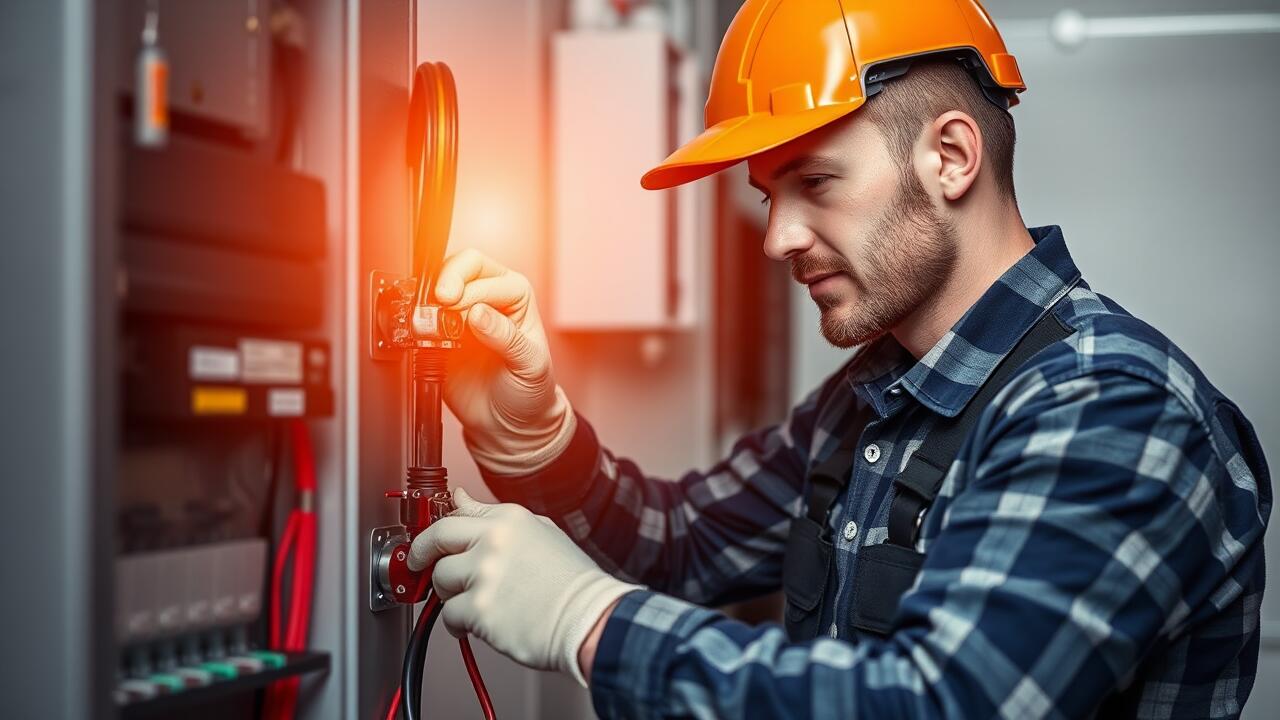
Troubleshooting Fan Capacitor Failures
When troubleshooting fan capacitor failures, it’s essential to identify common signs that may indicate a problem. A noticeable drop in performance can signal a failing capacitor. If the fan struggles to start, runs intermittently, or only operates at certain speeds, these are often key indicators of an issue. Also, physical signs like bulging or leaking can indicate capacitor failure. Inspecting the capacitor visually can help determine if it needs replacement.
While assessing the fan capacitor, keep safety in mind. Always disconnect power before attempting any repairs. If the capacitor appears damaged, replacing it may require specialized knowledge. For complicated electrical issues, consider seeking professional help. Local services like Electrical Repairs in Third Ward, Houston can provide expert assistance in diagnosing and replacing faulty capacitors, ensuring the fan functions correctly and safely.
Signs of a Bad Capacitor
A malfunctioning capacitor can significantly hinder the performance of a ceiling fan. Common signs of a bad capacitor include an inability to start, inconsistent speeds, or humming noises emanating from the motor. If the fan struggles to start or stops suddenly, these issues may indicate that the capacitor is failing to provide the necessary electrical boost.
In addition to performance issues, physical signs can also point to capacitor failure. Look for bulging or leaking components, which are visual indicators that something is wrong. If you suspect a bad capacitor, it's advisable to seek professional assistance for electrical repairs in Memorial, Houston, as working with electrical components can be hazardous.
Analyzing Motor Problems
The motor of a ceiling fan is crucial for its operation, and various issues can arise that may hinder its performance. A common problem is insufficient power reaching the motor, which can prevent the fan blades from spinning or cause them to turn erratically. Additionally, wear and tear over time can lead to internal component failure. If the fan runs louder than usual or emits a burning smell, these could be indicators of a more serious problem with the motor itself.
For those experiencing motor issues, a thorough inspection is essential. This often involves checking the wiring connections and ensuring there's no visible damage. Sometimes, excessive dust buildup can lead to overheating, which may damage the motor beyond repair. In cases where repairs are needed, seeking professional guidance can be beneficial. Electrical Repairs in Houston can provide the necessary expertise to diagnose and fix motor-related problems swiftly and effectively, ensuring the ceiling fan operates safely and efficiently.
Diagnosing Overheating Motors
Overheating motors can be a significant issue for ceiling fans. This condition often stems from various factors, including improper installation or accumulated dust and debris that hinder airflow around the motor. A lack of lubrication in the motor bearings can also lead to excess heat generation. Identifying the signs of an overheating motor is essential for prompt action. Users may notice unusual noises, a burning smell, or the fan operating less efficiently than usual.
If overheating occurs, it is important to carry out an inspection of the motor and its surrounding components. Powering off the fan and checking for any obstructions or dirt buildup is a crucial first step. Electrical repairs in Houston can guide homeowners through this process. Motor winding issues can also cause overheating, requiring more in-depth troubleshooting. Conducting regular maintenance will help in preventing these problems from occurring in the first place.
Evaluating Pull Chain Functionality
Pull chain malfunctions can often manifest through a lack of responsiveness or the chain feeling stuck. It is crucial to observe the pull chain's movement for any signs of obstruction. Regular wear and tear can result in a frayed chain or internal mechanism issues. Inspecting the connection points and the surrounding area may reveal loose parts, dirt, or obstacles that hinder functionality. Enlisting help from professionals ensures that these issues are promptly addressed, minimizing further complications.
Repairing stuck pull chains typically involves easy-to-follow steps. The first step is to disconnect the power to the ceiling fan before attempting any repairs. This safety measure allows for a thorough inspection of the pull chain and its internal components. If simple adjustments do not restore functionality, more complex electrical repairs may be necessary. Homeowners in the area can rely on services like Electrical Repairs in Greater Heights, Houston, which specialize in resolving such issues efficiently.
Repairing Stuck Pull Chains
A stuck pull chain can be a frustrating issue that hinders the operation of your ceiling fan. Often, the chain may become jammed due to debris, excessive tension, or wear over time. Begin troubleshooting by examining the pull chain assembly. Unplug the fan or turn off the circuit breaker for safety, then inspect the chain for any visible obstructions. If dust, dirt, or other debris is present, carefully clean the area to restore proper movement.
In cases where the chain remains inoperative after cleaning, the internal mechanism may require attention. This may involve removing the fan's outer housing to access the pull chain switch. If the internal components are damaged or corroded, it’s advisable to replace the pull chain switch altogether. If you're unsure or uncomfortable performing electrical repairs, consider contacting professionals who specialize in Electrical Repairs in Houston to ensure the job is done safely and effectively.
FAQS
What are common signs that my ceiling fan capacitor is failing?
Common signs of a failing capacitor include the fan not starting, humming noises without motion, or inconsistent speeds when running.
How can I diagnose overheating motors in my ceiling fan?
To diagnose overheating motors, check for signs such as the fan not spinning, unusual smells, or excessive heat from the motor housing. If the motor is hot to the touch, it may indicate a problem.
What should I do if the pull chain on my ceiling fan is stuck?
If the pull chain is stuck, try gently tugging it to see if it loosens. If it remains stuck, you may need to remove the switch housing to examine the chain mechanism for any obstructions or damage.
Can I fix a ceiling fan capacitor myself, or should I hire a professional?
If you have experience with electrical repairs, you can attempt to replace a ceiling fan capacitor yourself. However, if you are unsure, it's best to hire a professional to ensure safety and proper installation.
What maintenance can I perform to prevent electrical problems with my ceiling fan?
Regular maintenance includes cleaning the fan blades, checking for loose wiring, lubricating the motor if applicable, and ensuring the pull chain operates smoothly to help prevent electrical issues.
